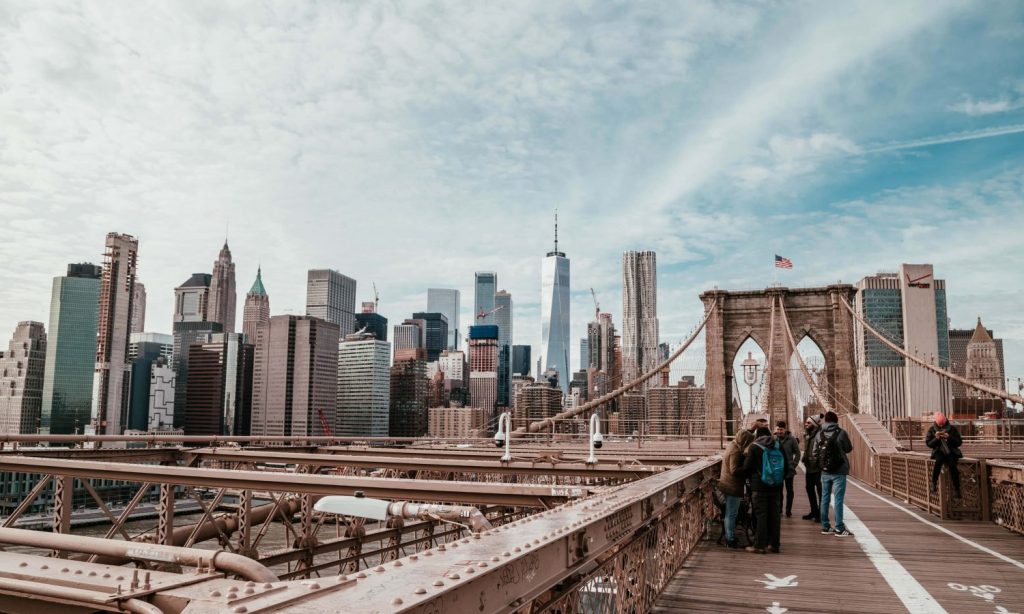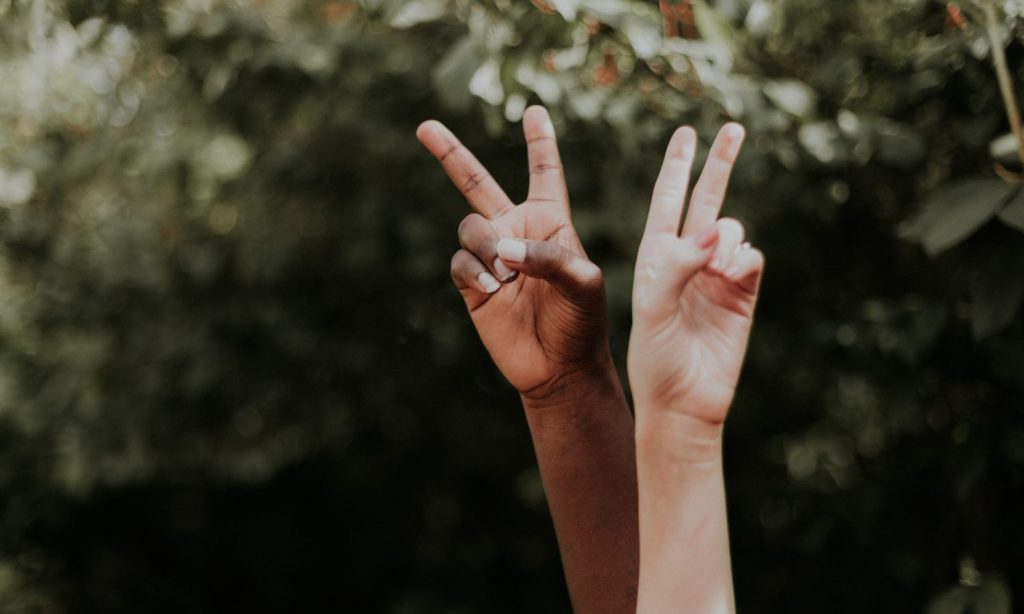
How New York Hashish Legalization Prioritizes Fairness
After years of seizures and beginnings, New York finally legalized adult cannabis and expanded its previously restrictive medical cannabis program. As the third largest economy and fourth largest state in the country, New York has the opportunity to set the gold standard for the state cannabis industry.
The New York Marihuana Regulation and Taxation Act (“MRTA”) sets up industry associations – the Cannabis Control Board (“CCB”) and the Office of Cannabis Management (“OCM”) create license types for the full spectrum of commercial cannabis activities in a social and economic way Justice plan that allocates a significant portion of tax revenue from cannabis sales to social and economic justice programs.
Photo by Roman Didkivskyi / Getty Images
A key political catalyst for New York lawmakers’ passage of the MRTA was the expectation that tax revenues from cannabis sales will reduce the state’s substantial budget deficit and repair some of the economic damage caused by COVID. Another political goal was to correct social and economic injustices caused by decades of unequal enforcement of marijuana laws.
Commercially, the MRTA aims to prevent anti-competitive behavior among licensees by creating licenses for adult use for cultivators, processors, cooperatives, traders, retail pharmacies, micro-businesses, supplies, nurseries and local consumption. Industry rules and regulations are created and enforced by the CCB and OCM, including those that relate to the number of licenses granted per license type and by geographic area.
Notwithstanding the CCB’s extensive power to regulate the industry, the MRTA specifically prohibits adult vertically integrated operators and generally prohibits the possession of multiple licenses. The legislature’s motivation to ban vertical integration is woven into the language of the MRTA: to offer newcomers to the industry – especially applicants for social and economic justice – a better chance to thrive and at the same time prevent monopolies.
RELATED: Why Social Justice Matters For Cannabis and Which States Are Tackling It
The decision to ban adult vertical integration for most license types is an obstacle for large multistate operators – especially when New York’s medical cannabis business is already vertically integrated. However, the ban on vertical integration is likely to result in violations of regulations affecting hidden ownership of cannabis companies, which has been a problem in other cannabis rule-of-law states with similar bans.
 Photo by Arthur Brognoli from Pexels
Photo by Arthur Brognoli from Pexels
A middle ground solution would have been to limit the number of licenses for vertically integrated companies without completely prohibiting such operations. Allowing a mix of vertically integrated operators and “single-purpose” licensees will maximize tax revenue while balancing the MRTA’s stated goal of preventing anti-competitive behavior.
Like many states, New York has fully embraced the concept of social and economic justice under the MRTA, particularly by setting a target of 50% of the licenses awarded to social and economic justice applicants. The definition of such applicants is necessarily broad: those hardest hit by the “war on drugs”, those on low incomes, those with beliefs related to cannabis, minority and women-owned businesses, “farmers in need” and disabled veterans.
The MRTA goes beyond targeting a percentage of assigned social and economic justice licensees by mandating incubator and grant programs administered by the OCM and Urban Development Corporation. Although many cannabis-legal states are responsible for social justice, state regulations typically fail to provide social justice applicants with the expertise and financial support required to thrive in the world of cannabis production and distribution.
RELATED: Women and minorities are pushing to stay present in the cannabis industry
The CCB and OCM need to clarify critical components of the MRTA provisions that benefit social and economic justice applicants. For example, the MRTA provides that one component in evaluating applicants is that “the applicant has or has sufficient land, buildings and equipment to properly perform the activity described in the application, or has a plan to do so if qualified as a Social and Economic Justice Applicant. “At first glance, the inclusion of the“ plan ”alternative is a necessary exception to the requirement that applicants secure a physical location prior to submitting their license application.
The MRTA’s retail license requirements prohibit the granting of a license for “Premises” unless the applicant owns the premises or can demonstrate ownership of the premises within 30 days of the license being finally approved by a lease, administration agreement, or other arrangement which gives the applicant written control over the premises for a period of at least the duration of the license. “
 Photo by Priscilla Du Preez via Unsplash
Photo by Priscilla Du Preez via Unsplash
For a real estate market as expensive and competitive as New York (especially New York City), buying or renting retail space before a license is approved is likely to be a difficult requirement for social and economic equity applicants. The CCB should confirm whether the “plan” exemption applies to applicants for retail social and economic justice licenses.
In addition to the express provisions of the MRTA, the CCB may use geographic licenses to serve the neighborhoods and communities hardest hit by the pandemic.
RELATED: Is The Cannabis Industry Racist?
The MRTA empowers the CCB to regulate and oversee the New York cannabis industry by giving the CCB the sole discretion to determine the number of registrations, licenses, and permits of each class to be issued within the state or any political division thereof limit or not limit[.]“The mandate of the MRTA implies that the CCB creates requirements that prioritize economically disadvantaged areas. In the shadow of the COVID pandemic and the significant budget deficit in New York, the CCB should include the neighborhoods and communities hardest hit by the COVID pandemic in its mandate for social and economic justice.
An effective approach would be to ensure that a sufficient number of licenses (particularly retail and on-site consumption licenses) are allocated to economically disadvantaged areas. Both residential and commercial areas are enlivened by increased foot traffic from locals and tourists, and neighboring businesses are likely to experience increased patronage.
The MRTA is forecast to accelerate economic recovery by generating approximately $ 3.5 billion in revenue annually while helping to mitigate social and economic failures. New York is soon to become a leader in the cannabis industry.
Editor’s Note: This post was originally published on Law360 on April 5, 2021.
Simon Malinowski is a lawyer with Harris Bricken. This story was originally published on the Canna Law Blog and republished with permission.

Post a comment: